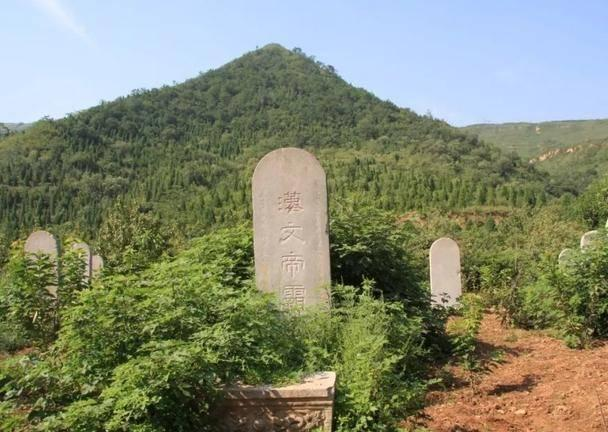
On the morning of 14th December, the State Administration of Cultural Heritage held an online meeting in Beijing, focusing on three important archaeological discoveries and research results in Gansu, Henan and Shaanxi.
The reporter was informed that the online press conference on the progress of the “Archaeological China” major project focused on important archaeological discoveries during the Han and Tang Dynasties. Among them, the Ba tomb of Emperor Hanwen, the third emperor of the Han Dynasty, is undoubtedly the most concerned project.
It was announced at the meeting that the tomb of Jiangcun Village in Bailuyuan, Xi’an City, Shaanxi Province was the Emperor Hanwen’s Ba Mausoleum(陵墓). Before the identity of the tomb owner was confirmed, this tomb in Bailuyuan, Xi’an City, Shaanxi Province had been called the “Jiangcun Tomb”. Through careful digging and careful analysis, the archaeologists determined that the “Jiangcun Tomb” was the tomb of Emperor Hanwen of the Han Dynasty.
In 2016, the pit(藏坑) outside the Jiangcun Tomb was stolen. In order to confirm the preservation status of the tombs and the distribution of surrounding cultural relics, archaeologists conducted investigations on the Jiangcun Tomb and the nearby Mausoleum of Empress Dou and the Southern Tomb of Empress Dowager Bo.
The Jiangcun Necropolis is located at the western end of Bailuyuan in the eastern suburbs of Xi’an. About 800 meters northeast is the Mausoleum of Empress Dou, about 2,000 meters southwest is the South Tomb of Empress Dowager Bo, and about 2,100 meters north is the “Phoenix Mouth” site where the former national security unit Ba Ling is located.
Archaeologists have dug 8 outer pits of the Jiangcun Great Tomb. More than 1,500 pieces of pottery figurines(陶俑), bronze seals(印), bronze carts and horses, ironware, and pottery have been unearthed. The bronze seals include “Chefu”, “Qifu”, and “Fu Yin”, “Cang Yin”, “Zhong Si Kong Yin” etc., which indicate that the outer pits around the Jiangcun Tomb should be built to imitate the actual government offices and government treasury.
本时文内容由奇速英语国际教育研究院原创编写,未经书面授权,禁止复制和任何商业用途,版权所有,侵权必究!(作者投稿及时文阅读定制请联系微信:18980471698)
1.What was the aim of the State Administration of Cultural Heritage’s meeting?
A Reporting some important archaeological discoveries.
B Locating the Great Tomb of Jiangcun Village.
C Exploring the Emperor Hanwen’s Ba Mausoleum.
D Informing the location of Xi’an City, Shaanxi Province.
解析:选A。A 细节理解题。根据文章第一段的“...focusing on three important archaeological discoveries and research results in Gansu, Henan and Shaanxi”可以得知国家文物局的会议聚焦于三大考古发现和研究成果,亦即通报近期的考古发现。故选A。
2.What was the original name of the tomb of Emperor Hanwen?
A Ba Mausoleum.
B Han Dynasty.
C Jiangcun Tomb.
D Bailuyuan.
解析:选C。C 细节理解题。根据文章第三段第二句“Before the identity of the tomb owner was confirmed, this tomb in Bailuyuan, Xi’an City, Shaanxi Province had been called the “Jiangcun Tomb”. ”可以得知该墓之前被称为“江村大墓”。故选C。
3.Why was the Jiangcun Tomb allowed to be investigated?
A People were interested the tomb.
B The archaeologists needed evidence.
C Some bronze seals were found.
D The tomb was damaged by thieves.
解析:选D。D 推理判断题。根据文章第四段可以得知,2016年该墓的外藏坑受到盗扰,考古学家们对其进行了考古调查。故选D。
4.What helped archaeologists determine the tomb was built for the ruler?
A The words on the bronze seals.
B The government offices.
C The Phoenix Mouth in the north.
D The pottery figurines.
解析:选A。A 推理判断题。根据文章最后一段的最后一句:铜印印文有“车府”“器府”“府印”“仓印”“中司空印”等,表明江村大墓周围外藏坑应为模仿现实官署、府库建造,因此考古学家们推断这座墓应该是为这位统治者(汉文帝)建造的。故选A。